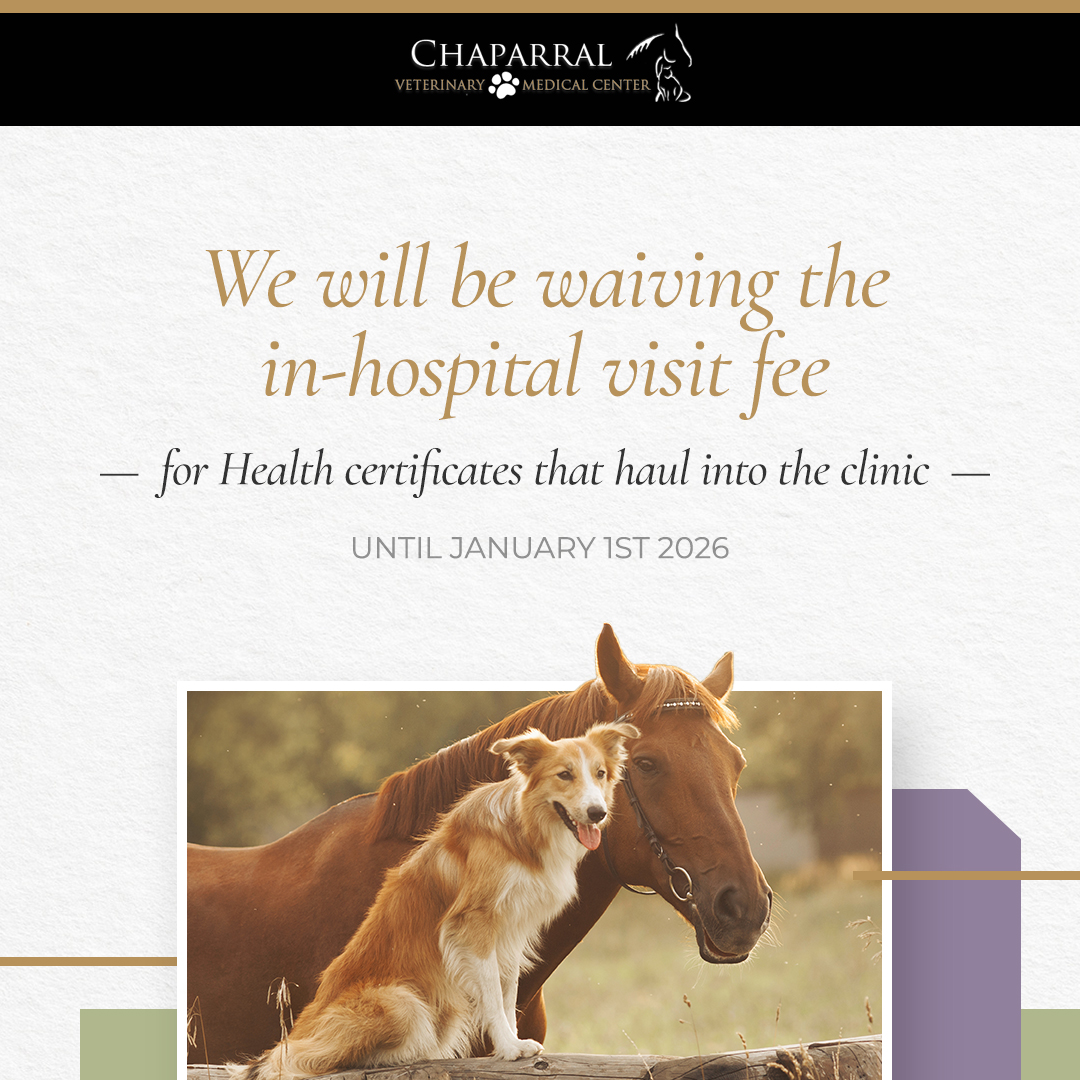Cave Creek, AZ 85331
Animal Pain Awareness: Top Signs to Watch Out For!

When your pet has a scrape, bump, or a cut, you can easily recognize that as a source of pain. However, other sources of pain are difficult to point to. Partly, the reason is that animals are experts at masking pain as a survival tactic. Some owners also dismiss the signs of pain as the animal getting ‘older’ and ‘slowing down.’ However, catching the symptoms early relieves your pet from suffering. It also allows you to seek intervention early enough, to keep the underlying problem under control.
Take note of the following top signs of pain in pets:
Lack of Appetite
Failure to eat or only nibbling small amounts of food is abnormal for pets. It could indicate pain, among other possible health problems. If your pet is usually hungry, but starts to avoid its food bowl, or only peeks and walks away, it might be in pain.
Vocalizing the Pain
Since pets do not speak, they do their best to vocalize how they are feeling. Some whimper, howl, whine or cry. Dogs do it more than cats. A cat may purr more, but most cats hide their pain effectively. Still, if when rubbing your pet, you touch an area that makes the animal wince, growl or purr abruptly, the site could be a source of pain.
Unusual Grooming Behavior
If your pet’s grooming becomes excessive, that too is a sign of pain. The pet licks the affected areas in an attempt to self-soothe. The ‘hot spots’ suffer hair loss, and the skin may break out, resulting in a wound. But, cats, who are meticulous groomers, may stop grooming altogether. A scruffy-looking coat is a sign that your cat is not well.
Behavioral Changes
Many of the signs of pain you may miss are behavioral. Pets tend to isolate themselves when in pain, which may keep you from taking note of other symptoms. But, when they do come out, you may see a change in temperament. For example, a cat that enjoys petting may growl and snap at you when you touch it. If you insist and touch the sensitive area, the pet may show extreme aggression and even bite you.
Little or No Movement
The amount and way of movement of your pet are one of the apparent signs of pain. If you notice that the pet is trying to avoid putting weight on a limb or a side of the body, there’s probably a pain in that area. Hunching over and limping are also clear signs of distress. Some animals may refuse to move and opt to lie in their beds all day. Efforts to get them to exercise may prove futile. For cats, urination and defecation outside the litter box are also indicative of pain. Arthritis may be causing pain in the joints, making it difficult for the cat to climb onto the litter box.
Pets hide their pain well. It takes a mastery of the pet’s usual behavior and habits to note signs of distress. The sooner you notice it, the sooner you can get your pet, the help it needs. For pain diagnosis and treatment, visit Chaparral Veterinary Medical Center in Cave Creek, Arizona. You can also call 480-595-8600 to book your appointment













